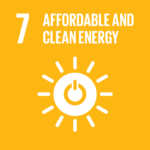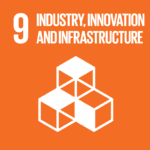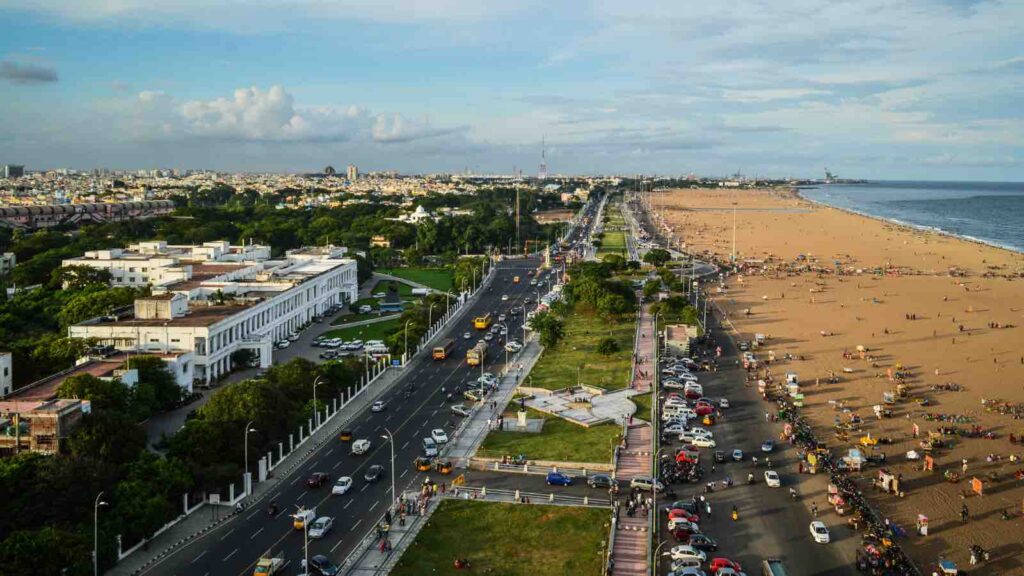The rapid rollout of clean energy technologies is not only making energy cheaper but also alleviating broader cost-of-living pressures, according to a new special report from the International Energy Agency (IEA).
The report, titled Strategies for Affordable and Fair Clean Energy Transitions, underscores the urgency for governments to make these technologies more accessible, particularly for those who might struggle with upfront costs.
RELEVANT SUSTAINABLE GOALS



Economic Benefits of Accelerating Clean Energy Transition
The IEA report reveals that accelerating the shift to clean energy could reduce the operating costs of the global energy system by more than half over the next decade, compared to a trajectory based on current policy settings. This would result in a more affordable and equitable energy system for consumers worldwide.

Clean energy technologies, such as solar PV and wind, are already more cost-competitive over their lifespans than conventional fuels like coal, natural gas, and oil. Even in cases where electric vehicles (EVs) have higher upfront costs, they typically lead to savings through lower operating expenses. Energy-efficient appliances, like air conditioners, provide similar long-term cost benefits.
However, the report emphasizes that realizing these savings hinges on unlocking higher levels of upfront investment, especially in emerging and developing economies where clean energy investments are lagging due to perceived risks and limited access to finance. The current global energy system is distorted by fossil fuel subsidies, which totaled around $620 billion in 2023—far outstripping the $70 billion spent on consumer-facing clean energy investments.
Impact on Consumers: Stable Prices and Lower Costs
The report highlights the benefits of a faster energy transition, noting that as the share of renewables like solar and wind grows, their lower operating costs will benefit consumers. Retail electricity prices, typically less volatile than oil product prices, would become the main benchmark for energy costs. By 2035, electricity is expected to overtake oil as the leading fuel source in final consumption as EVs, heat pumps, and electric motors dominate transport, buildings, and industry.
“The data makes it clear that the quicker you move on clean energy transitions, the more cost-effective it is for governments, businesses, and households,” said IEA Executive Director Fatih Birol. “If policymakers and industry leaders delay action, we will all end up paying more in the long run.”
In 2022, during the global energy crisis, consumers spent nearly $10 trillion on energy—an average of more than $1,200 per person—even after factoring in subsidies and emergency government support. High energy prices hit the most vulnerable populations hardest, both in developing and advanced economie
Policy Recommendations: Making Clean Energy Accessible
To address these challenges, the report calls for incentives and greater support targeted at poorer households to improve the adoption of clean energy technologies. This would allow all consumers to fully benefit from these technologies and the associated cost savings while advancing global energy and climate goals.
The IEA outlines several measures that governments can implement to make clean technologies more accessible. These include energy efficiency retrofits for low-income households, utility-funded heating and cooling packages, wider availability of highly efficient appliances, affordable clean transport options, and replacing fossil fuel subsidies with targeted cash transfers for the most vulnerable. Additionally, governments can use carbon price revenues to address social inequities that may arise during the energy transition.
The report also warns that price shocks remain a risk in clean energy transitions. Geopolitical tensions, extreme weather events, and cyberattacks could pose new threats to energy security and affordability, particularly if investments in grid resilience and digital security fall behind.
Policy intervention will be crucial to addressing the stark inequalities in the current energy system. Nearly 750 million people in emerging and developing economies lack access to electricity, and over 2 billion people are without clean cooking technologies. Meanwhile, the poorest 10% of households in advanced economies spend up to a quarter of their disposable income on energy, even though they consume less than half as much energy as the wealthiest 10%.
Read the full report here.
You may also be interested in :
Philippines Emerges As (Unlikely) Leader In Southeast Asia’s Renewable Energy Race


